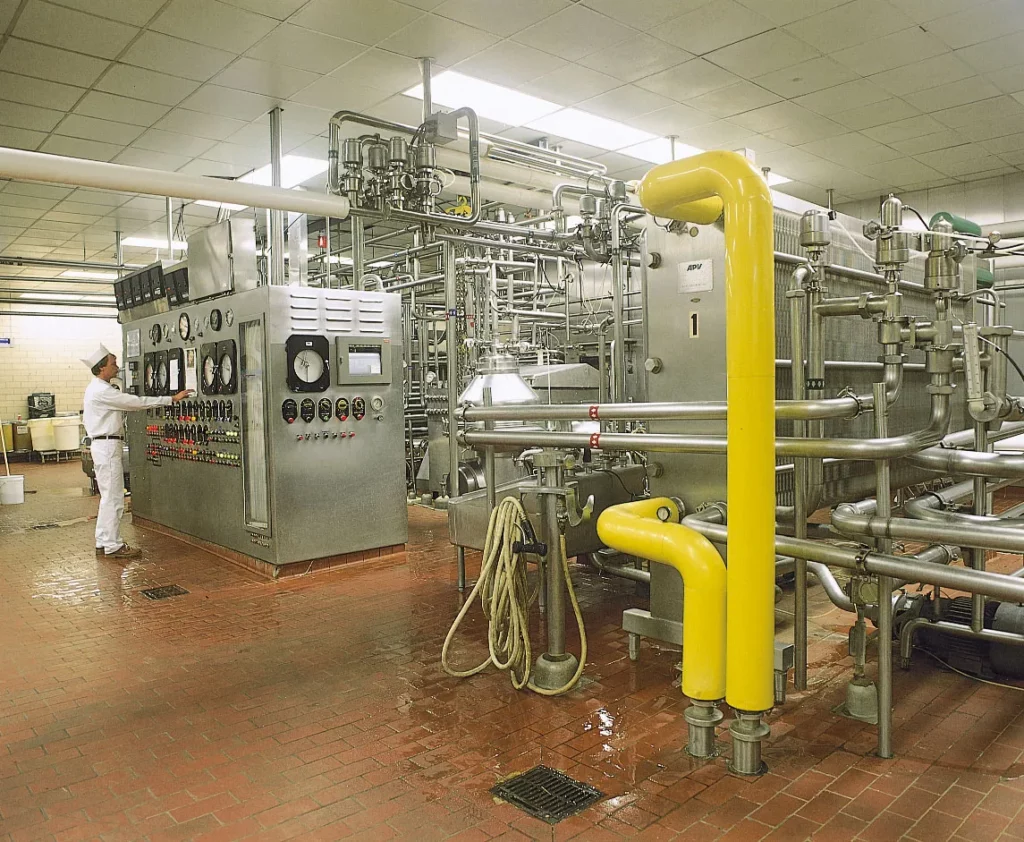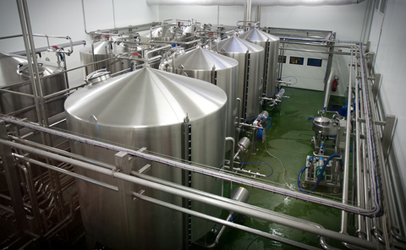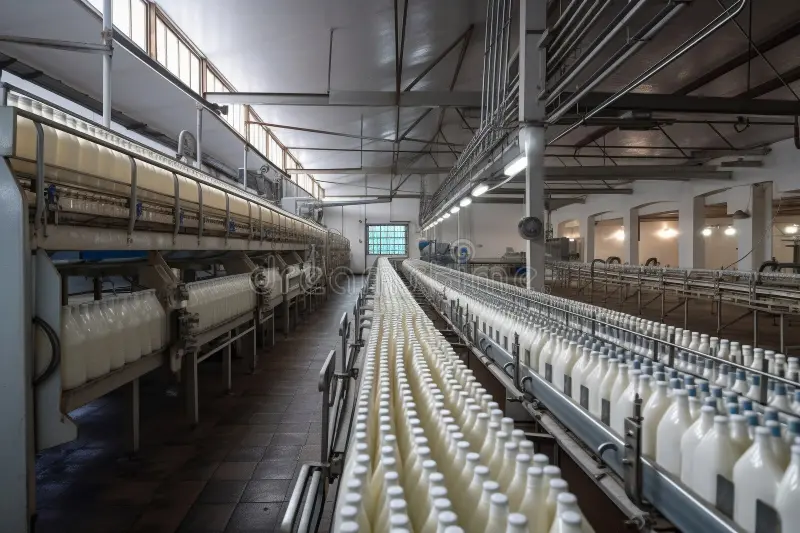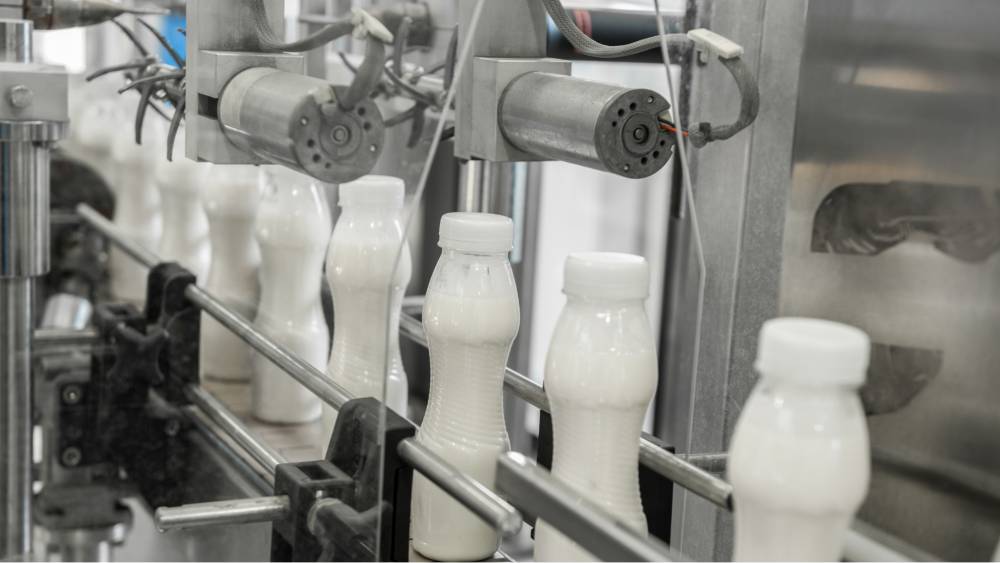Milk is one of the most delicious and healthy foods: it is nutritious, rich in protein, calcium, vitamins A, D, C and E. But in its fresh form, it retains all these valuable qualities for only a few hours. Since ancient times, people have tried to think of ways to help prolong its storage. The first was boiling, which can really extend the shelf life of milk, but at the same time it reduces its useful properties: the amount of vitamins is decreased, and valuable protein compounds remain on the walls of the pot. The discovery of pasteurization helped to solve the problem of preserving milk without loss of quality. Now this method is widely used all over the world on an industrial scale.
The Invention of a Genius Scientist
That researcher was the French chemist and microbiologist Louis Pasteur. His talents were manifold: he successfully fought terrible infectious diseases by inventing a method of vaccination. He was also a gifted artist.
In 1854 Pasteur was appointed Dean of the Faculty of Natural Sciences at the University of Lille. He continued to devote much time to experiments in his laboratory. He was soon approached by Maurice D’Argino, a local resident who was engaged in the production of wine. He complained that his products were souring quickly and asked the scientist to find a solution to the problem. Pasteur’s research showed that fermentation was not a chemical process, as had been previously thought, but a biological one and it was the fault of living microorganisms – yeast. The scientist decided to destroy them by heating. Winemakers were categorically against it because they were afraid of the quality of wine. But experimentally they proved that raising temperature up to 57 degrees could kill germs without affecting the taste of the product.
Later on this process was called pasteurization after the name of the inventor and was applied to milk. However, it required a higher heating temperature – about 75-76 degrees.
Milk pasteurization is the process of heating milk at a high temperature for a specific period to kill harmful bacteria that may cause diseases. There are different types of milk pasteurization methods used by dairy industries to ensure milk safety and quality.

High-Temperature Short-Time (HTST) Pasteurization
This method involves heating milk at 161 degrees Fahrenheit for at least 15 seconds, then rapidly cooling it to 39 degrees Fahrenheit. HTST pasteurization is the most common method used in the United States and Europe, as it efficiently kills all harmful bacteria while preserving the taste and nutritional value of milk.
Ultra-High-Temperature (UHT) Pasteurization
UHT pasteurization involves heating milk to 280 degrees Fahrenheit for 2 seconds, then rapidly cooling it. This method extends the shelf life of milk to several months, making it popular in countries with limited refrigeration facilities. However, UHT pasteurization alters the taste and nutritional value of milk, making it less popular in some regions.
Low-Temperature Long-Time (LTLT) Pasteurization
LTLT pasteurization involves heating milk at a lower temperature of 145 degrees Fahrenheit for 30 minutes, then rapidly cooling it. This method is less efficient in killing bacteria than HTST pasteurization, but it preserves the taste and nutritional value of milk better. LTLT pasteurization is commonly used in artisanal dairy products, where preserving the flavor is crucial.
Regardless of the pasteurization method used, the technology involves heating the milk to a specific temperature to kill harmful bacteria while preserving the milk’s nutritional value. The process also helps to extend the milk’s shelf life and ensure that it is safe for consumption.
In addition to pasteurization, there are other technologies used in milk production, such as homogenization, which breaks down fat globules to prevent cream from separating from the milk. Separation, which is the removal of cream from the milk, is also a common technology used in milk production.
Industrial pasteurization process

The industrial pasteurization process is employed in various food industries, including dairy, juice, and beverage manufacturing. Milk, cream, and other dairy products are typically pasteurized using the HTST method to eliminate bacteria and extend their shelf life. Similarly, juices and other beverages are pasteurized to reduce the risk of contamination and ensure product safety.
However, it’s essential to note that the industrial pasteurization process is not a foolproof method of eliminating all bacteria. Some heat-resistant bacteria may survive the process, and proper storage and handling of the products are essential to prevent bacterial growth and contamination.
The Importance of Pasteurization Equipment in the Food Industry
Pasteurization equipment plays a critical role in ensuring that food is safe for consumption.
The demand for pasteurization equipment has been on the rise due to the increasing need for food safety. The equipment comes in different sizes and designs, depending on the application. Common types of pasteurization equipment include plate heat exchangers, tubular heat exchangers, and batch pasteurizers.
Plate heat exchangers are the most commonly used pasteurization equipment in the food industry. They are efficient, compact, and easy to clean. Tubular heat exchangers, on the other hand, are suitable for high viscosity products such as cream, yogurt, and cheese. Batch pasteurizers are ideal for small-scale operations as they allow for the pasteurization of a single batch at a time.
Pasteurization equipment not only helps in ensuring food safety, but it also extends the shelf life of products. This is because the process eliminates bacteria that cause spoilage, ensuring that the food stays fresh for longer. Additionally, pasteurization equipment helps in maintaining the nutritional value of food, making it safer and healthier for consumption.
Peculiarities of milk pasteurization

Many companies pasteurize milk at higher temperatures than recommended. This allows you to significantly increase the shelf life of the product for consumption. Additional heating of food products containing sugar or chocolate is recommended separately. Such measures are aimed at the destruction of all bacteria without exception.
It is important to note that the pasteurization process in a plate heat exchanger occurs in a continuous flow. Modern heat exchangers are popular for pasteurizing cream and other dairy products with a high percentage of fat content. The heat exchanger for milk meets all necessary requirements and provides a high end result.
Advantages of plate pasteurizers:
1.High level of efficiency.
2.Productivity.
3.Compact size.
4.Quick installation.
5.Retains useful qualities of product.
6.Destruction of pathogenic microorganisms.
7.Rational use of energy.
8.High level of automation.
9.Use of temperature sensors.
10.Easy maintenance and operation.
The Benefits
For the last twenty years there has been a world-wide hysteria about the fact that drinking milk is harmful. Thanks to doctors, nutritionists and biologists this drink is regaining the lost ground, for it is considered to be a natural gift for a balanced diet. Pasteurized beverage is inferior to fresh milk but is also beneficial for the health.
Its advantages are unconditional:
- low caloric content;
- suitable for baby food;
- It is rich in milk protein;
- One cup contains almost ½ the daily allowance of calcium;
- minerals such as iodine, copper, strontium;
- B and D vitamins are present.
This product can be used by people for whom the taste of steamed is unacceptable. Skimmed pasteurized milk is a great option for those who cannot tolerate animal fats.
Potential harm
Only the use of a low-quality product can lead to negative consequences. Some unscrupulous manufacturers add chemicals to prolong its shelf life.
Another possible problem is that if stored improperly, pathogens can begin to multiply.
Conclusions
Pasteurization is an effective process for disinfecting milk before it is consumed or processed.
It also allows the milk to be stored better. It is used for milk that is to be sold or consumed at home.
If pasteurized properly, the milk will remain useful but free of pathogens. Such a product is of high quality and pleasant taste, and most importantly, it is absolutely safe for consumption.
